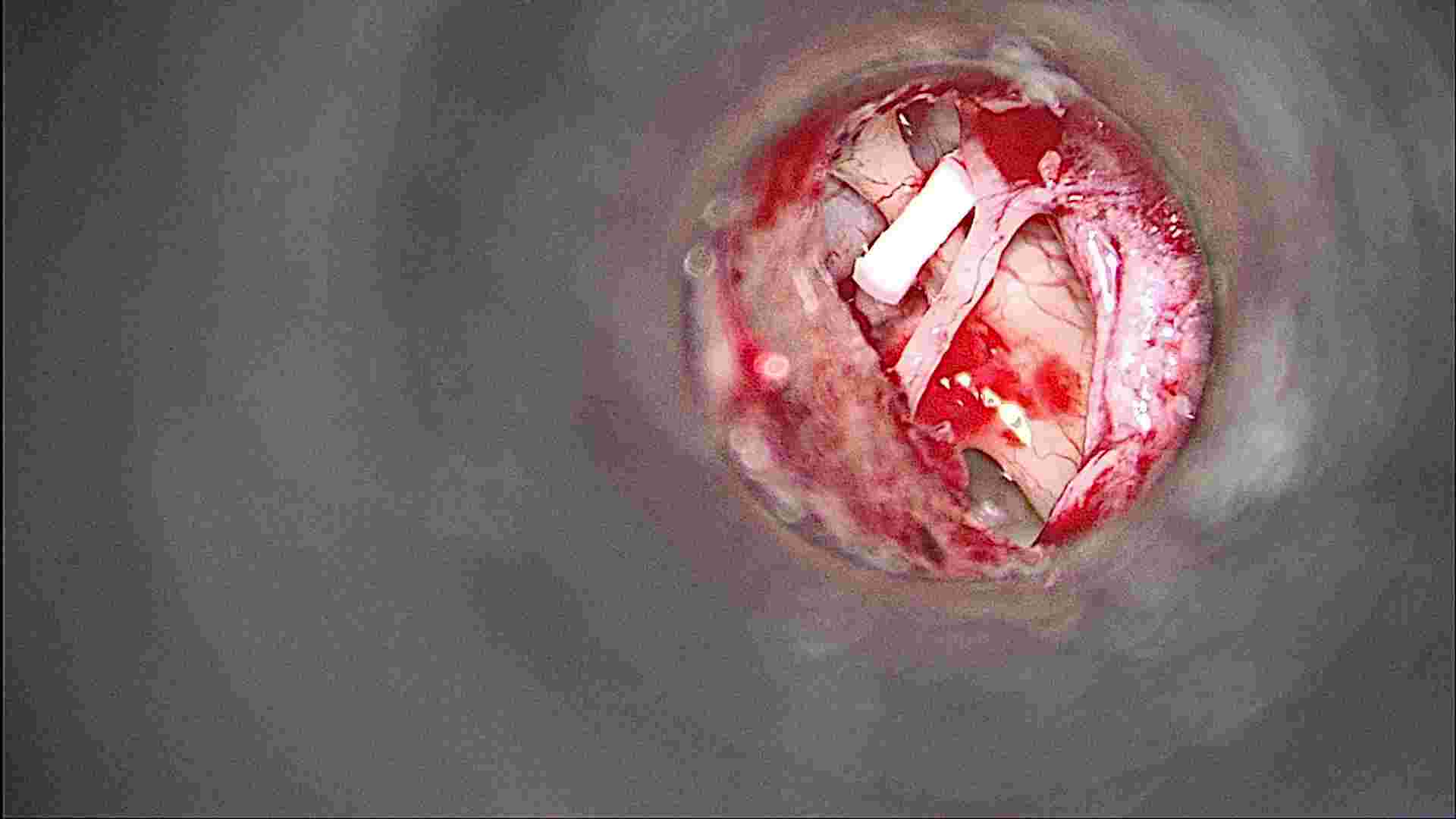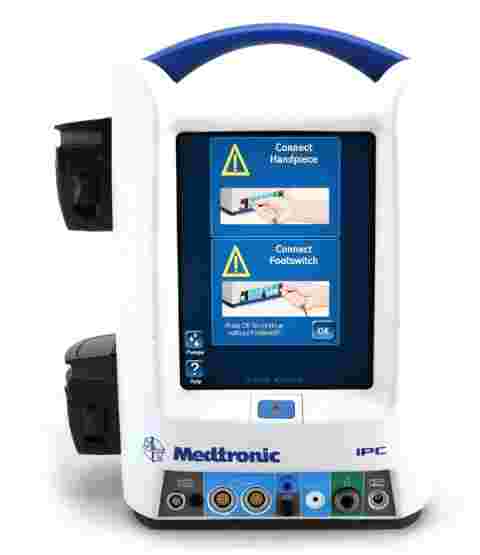Otosclerosis
Otosclerosis is a condition that causes gradual and progressive hearing loss. It happens when smallest hearing ossicle/bone in the middle ear stapes gets fixed in place. Most of the time, this happens when bone tissue in your middle ear grows around the stapes and impedes its vibration conduction to inner ear.
Etiology may be due to genetic, autoimmune, measles virus or hormonal.
2/3 have a significant family history.
After ear examination. other Tests include audiological and radiological evaluation are done to know extent of disease and prognosis of surgery.



Surgical procedure involves making a fenestra in foot plate region of stapes(3rd bone\smallest middle ear bone)and removing diseased region of stapes along with complete suprastructure. An artificial piston is kept in the fenestra made over foot plate with a perforator or skeeter drill. This piston other end is attached to second bone in ear that is incus. So principle of surgery is to replace a vibrating piston with that of diseased stapes bone. On table we can find improvement in hearing in most of cases are done under local anesthesia with IV sedation.


Above image white piston is the Teflon piston bypassing stapes bone and conducting vibrations into inner ear


We use medtronics IPC with skeeter system to make controlled fenestrae over the diseased foot plate which is the best solution available for surgeons. This gives the utmost precision fenestrae making, with near nil vibrations.
The improvement in hearing is based on extent of disease progression, functioning of auditory (hearing) nerve during the time of surgery.
STAPEDECTOMY Instructions after Surgery
- Your surgery is done under local anesthesia you will go directly to the postoperative area and then to your allotted room where your family can remain with you for the rest of your stay.
- You will be on “strict” bed rest for 4 hours after surgery. During this time you may lie on your back or the un-operated ear.
- After 4 hours you can sit up and if there is no vertigo, dizziness, or nausea you will be allowed to walk to the restroom. If this is tolerated well you will be allowed to go home.
- After surgery: dressing will stay for one week.
- Avoid bumpy, loud rides on your way back home (ex:bus,auto) since it may cause motion sickness, Vertigo and nausea.
- Once dressing removed ,the ear will have only a cotton ball in the ear canal that should be changed as needed with a clean cotton ball for 2 week. The incision above the ear does not need any care. Stitches will be removed after 14th day.
- Pain severity after ear surgery varies greatly from patient to patient but is usually at its worse the first few hours after surgery. While still at the hospital it is common for patients to need IM or IV pain medicines. Oral pain meds are usually all that is needed thereafter and will be prescribed for home use. These are usually needed for only a few days.
- Diet is “as tolerated” after surgery. Clear liquids will be given first and if tolerated a light food diet can be started that same day. The day after surgery the patient’s usual diet can be resumed.
- Nausea and even vomiting can occur the day of surgery and will be treated with medication as needed and patient will be prescribed nausea medicine for home use. In such cases clear liquids only should be given until all nausea has resolved.
- The hair may be washed 2 weeks after surgery, once ear drum and external incision area heals up and after consulting your surgeon.
- Place a firm cotton ball in the ear canal and place Vaseline on the outside of the cotton ball while taking bath during second and third week. Hold the cotton ball in place with the finger when rinsing the hair or face in the shower.
- For the first week attempt to sleep either on your back or the un-operated ear.
- Avoid blowing your nose or sniffing for 6 weeks after surgery. If sneezing occurs do so with the mouth open to avoid the build up of pressure in the ear.
- It is recommended that you remain home and rest for 1 week after a stapedectomy. Do not drive during this time. Going for an easy walk is acceptable.
- After your first postoperative visit on 8th day you may resume non-strenuous activity and can attend your office, work. Exercising, sports, heavy lifting (that requires any degree of straining), and air travel should be avoided for 6 weeks after surgery. Driving to higher altitudes, swimming should be avoided for 6 months . Avoid loud sounds like drilling, bombs or cracker sounds for 6 months. Avoid movie theatre for 3 months.
- Some dizziness and ringing in the ear is normal after surgery. Severe vertigo requires strict bed rest during the first week. If you still feel vertigo, dail bayya ent & cochlear implant centre at 0863-2225729 and get in touch with your surgeon immediately.
- You will not be able to hear well due to gel packing placed in the ear canal and due to dressing. Part of this packing will be removed at your postoperative visits by two weeks. The rest will dissolve naturally. Popping and crackling in the ear is normal and may occur for several weeks after surgery.
- The hearing will not be checked for at least 6 weeks after surgery. The final hearing result can take up to 3 months to obtain and may even continue to improve during the first year.
- Dark red, bloody drainage from the ear is normal. If anytime after surgery the drainage becomes “snotty” with a yellow mucous like appearance or develops a foul odor report this to doctor.

Contact us
Bayya Hospitals
12-25-192, Bhagath Singh Centre, Kothapet, Guntur, Andhra Pradesh 522001
0863-2225729
+91 6304429294
+91 93819 22827
Useful Links
Consultation Hours
For ENT
Monday – Saturday 9AM – 1:30 Noon,
Evening 5:30PM to 8:00PM
Sunday – CLOSED
For EYE
Monday – Saturday 9AM – 5:00PM
Sunday – CLOSED